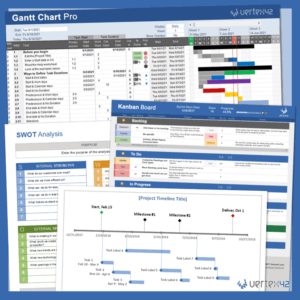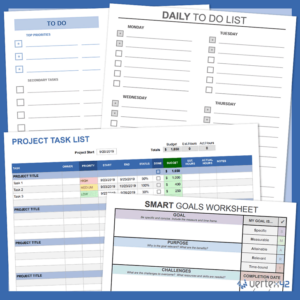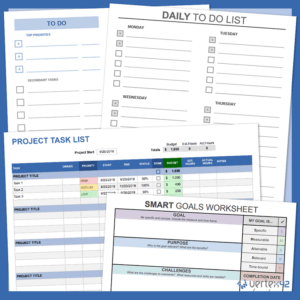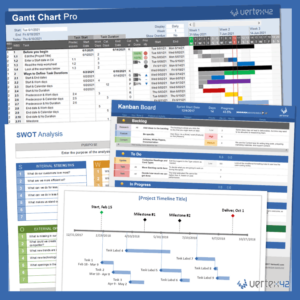Employing such a formalized record yields numerous advantages. It fosters enhanced communication among team members, promotes accountability by assigning ownership to specific outputs, and enables precise tracking of progress against defined goals. Furthermore, it mitigates the risk of overlooked requirements, thus contributing to improved project success rates.
management
Project Management Check List Template
Employing such a tool offers several advantages. It enhances organization, reduces the probability of neglecting crucial tasks, and contributes to improved communication among project team members. By offering a standardized framework, it aids in identifying potential issues early in the process, thereby mitigating risks and optimizing resource allocation. Furthermore, it provides a tangible record of progress, supporting accountability and enabling effective project evaluation upon conclusion.
Project Management Activities List Template
The implementation of a pre-defined task structure brings several advantages to project teams. It promotes consistency, reduces the risk of overlooked responsibilities, and streamlines communication. Furthermore, it provides a standardized method for tracking progress and identifying potential roadblocks, ultimately contributing to improved project outcomes and stakeholder satisfaction.
Project Management Action List Template
Employing this structured approach offers numerous advantages. It facilitates improved organization, enabling stakeholders to readily identify outstanding tasks and potential bottlenecks. Enhanced communication and collaboration result from the transparent nature of assigned responsibilities and deadlines. Consequently, projects are more likely to remain on schedule and within budget.
Event Management To Do List Template
Employing such a document offers several advantages. It enhances organization, improves team coordination by clearly defining responsibilities and deadlines, and aids in risk mitigation by prompting the proactive identification and resolution of potential issues. Furthermore, it promotes adherence to timelines and budgets, contributing to the overall success and professional execution of the event.
Business Management To Do List Template
Employing such a resource offers several advantages. It enables improved time management, reduces the likelihood of overlooking essential duties, and facilitates the delegation of responsibilities. Furthermore, it provides a clear visual representation of project progress, which promotes accountability and aids in performance evaluation. Its utilization leads to streamlined workflows and optimized operational effectiveness.
Project Management To Do List Template
Employing this type of organizational tool offers several advantages. It enhances team accountability by assigning responsibility for individual tasks. Clear task visibility facilitates progress tracking, enabling proactive issue identification and timely intervention. Furthermore, it contributes to improved communication by providing a shared understanding of project status among stakeholders. Efficiency gains and reduced risk of project delays are also notable benefits.
Issue List Template Project Management
Implementing a standardized system for managing project impediments offers several key advantages. These include improved collaboration among team members, enhanced transparency in identifying and addressing problems, a reduction in duplicated efforts, and a more efficient allocation of resources. Ultimately, this leads to better project outcomes and a reduced risk of failure.
Time Management Task List Template
Utilizing such a system provides several advantages, including improved focus, reduced stress, and enhanced accountability. By delineating tasks and deadlines, users experience a greater sense of control over their schedules. This contributes to minimized procrastination and increased efficiency in both professional and personal endeavors. Furthermore, consistent implementation allows for the identification of time-wasting activities and facilitates the streamlining of workflows.
Property Management Vendor List Template
Utilizing such a resource fosters efficiency by streamlining the process of identifying and contacting appropriate vendors for specific tasks. It facilitates informed decision-making through comparative analysis of different providers, potentially leading to cost savings and improved service quality. Furthermore, it enhances accountability by tracking vendor performance and ensuring compliance with contractual obligations.









